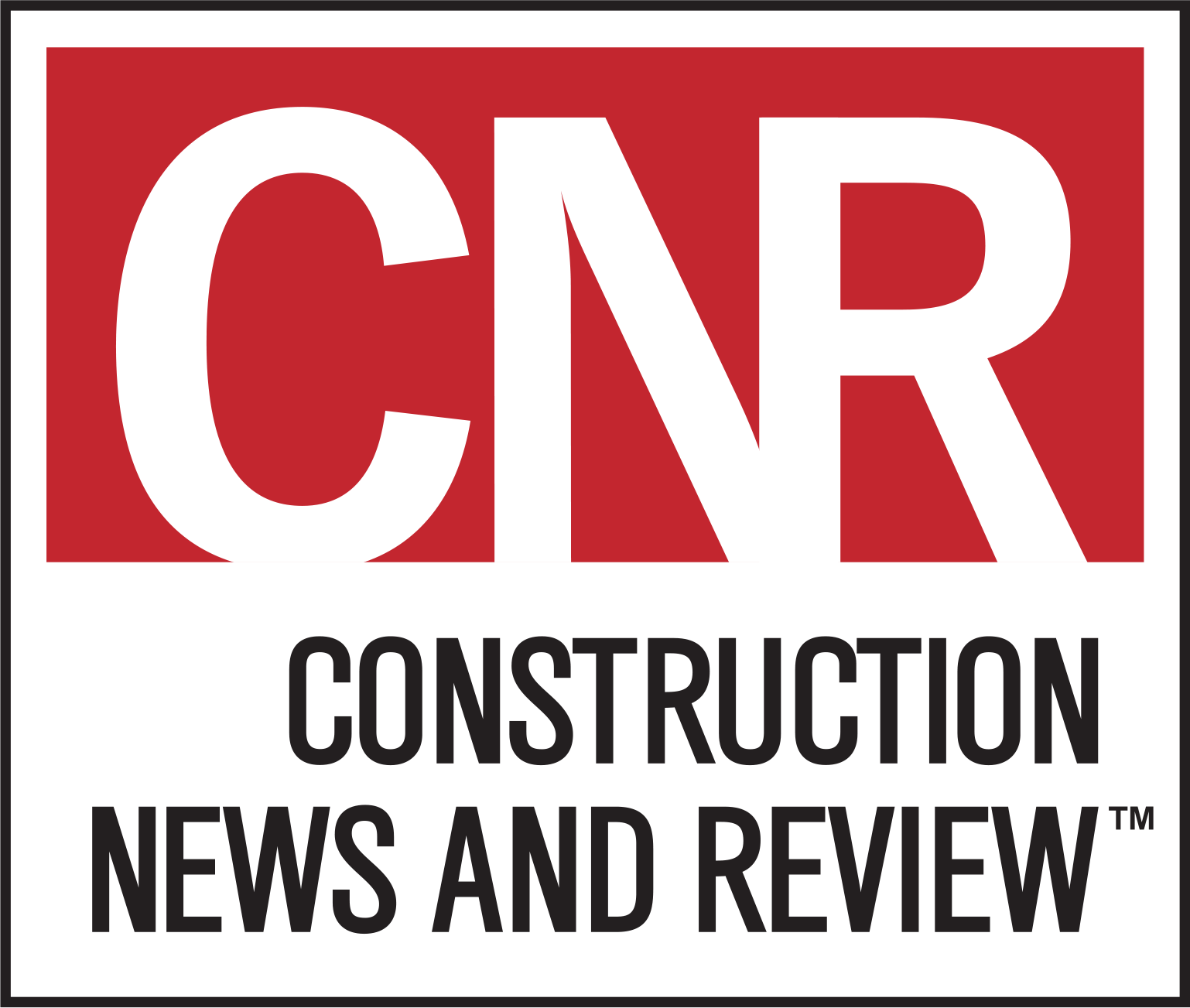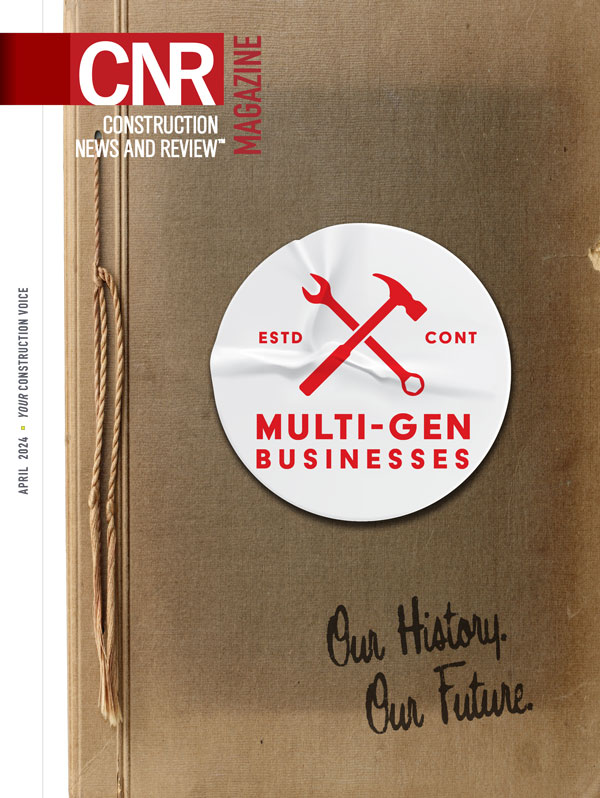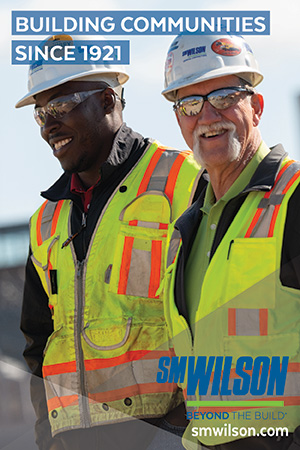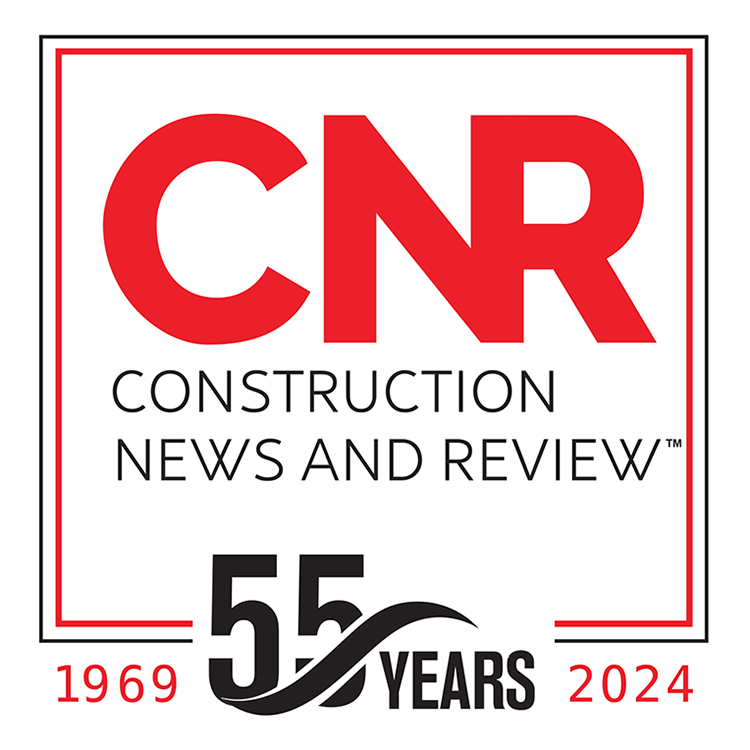Adaptive Reuse for Cities and Towns: A Cost-Effective, Sustainable Solution for Underutilized Buildings
By STEVE SAVOIE
“Out with the old and in with the new” is a familiar adage, but it’s time to shift gears when it comes to sustainable design and revitalizing our communities. Let’s heed Jonathan Swift’s wisdom that “everything old is new again” and embrace adaptive reuse as a catalyst for historic preservation and community rejuvenation.
An Introduction to Adaptive Reuse and its Benefits
Adaptive reuse or building conversion refers to renovating, repurposing or redeveloping an existing building or structure for a new use or function while retaining as much of its original character and historic value as possible. This approach allows older or underutilized buildings to be brought back into productive use rather than demolished, which can be both environmentally and economically beneficial.
These projects often involve transforming former industrial buildings, warehouses, schools, churches or other historic structures into residential lofts, offices, city centers, libraries, recreational spaces, restaurants, museums or other contemporary spaces while preserving their architectural or historical significance. This practice contributes to sustainability by reducing the demand for new construction and helps maintain a sense of cultural heritage and community identity.
Benefits of Adaptive Reuse
Adaptive reuse holds immense benefits for cities and towns. Instead of demolishing old buildings or embarking on expensive new construction projects, local municipalities can leverage underutilized or vacant buildings. This practice is not only cost-effective and sustainable, but it also preserves the historical and cultural heritage of a building but also revitalizes and rejuvenates the urban landscape. Key building conversion includes sustainability, economic development and cost savings (in opting to repurpose an existing structure rather than building a new one), faster project delivery, reduced infrastructure demand, community engagement opportunities and historic preservation.
Examples of Underutilized Buildings Ready for Revitalization
Cities and towns across the U.S. have buildings that have outlived their useful lives. They lay empty, awaiting demolition or, better, a new chapter. A few examples of buildings and their adaptive reuse solutions include old warehouses, historic school buildings and old fire stations.
Sustainable Design Strategies for Adaptive Reuse
Architects and engineers are finding innovative ways to incorporate sustainable and energy-efficient design strategies into adaptive reuse projects. For example, building conversions can incorporate energy-efficient systems, utilize renewable materials and maximize natural light and ventilation to reduce the carbon footprint of the building, enhance its energy performance and create a healthier and more comfortable indoor environment. Integrating energy efficiency upgrades can help reduce environmental impact and save costs in the long run.
Water conservation measures that are options in adaptive reuse projects include low-flow fixtures (toilets and faucets), rainwater collection and drought-resistant vegetation/plant landscaping.
Community Engagement and Collaboration
Designing an adaptive reuse building project requires a collaborative effort that includes input and participation from the public and community partnerships.
Public Participation and Input
Public feedback during the design process fosters a sense of ownership and pride in the project and ensures that diverse perspectives are considered.
Partnerships with Nonprofit Organizations
By collaborating with nonprofit organizations, developers and architects can tap into a wealth of resources, expertise and funding opportunities that may not be available through traditional channels. Nonprofit partnerships also help ensure the adaptive reuse project aligns with the community’s needs and values. Additionally, non-profit partnerships can bring added credibility and visibility to the project, attracting more attention and support from stakeholders and potential investors.
Challenges and Solutions in Adaptive Reuse
Despite financial and functional constraints, adaptive reuse building projects offer a unique opportunity to breathe new life into old structures and create visually stunning and practical spaces for modern use.
Financial Constraints and Funding Options
With careful planning and strategic financial management, the financial challenges of adaptive reuse building projects can be overcome. There are several funding options available. One option is to seek financial assistance through grants and incentives from government agencies and organizations dedicated to historic preservation and urban revitalization. Or developers can explore partnerships with private investors or secure loans from financial institutions that fund adaptive reuse projects. Lastly, crowdfunding platforms and community fundraising initiatives can also be effective in raising funds for these projects, as they allow individuals to contribute to preserving and revitalizing their local communities.
Design and Functionality Constraints
Adaptive reuse projects often come with their own set of design and functionality constraints. One major constraint is the need to preserve and respect the historical and architectural integrity of the original structure. Any modifications or additions must be carefully thought out and executed to ensure they blend seamlessly with the existing elements.
Another constraint is the need to meet current building codes and regulations. This can pose challenges as older buildings may have yet to be constructed to meet modern safety standards.
Factors to Consider for Adaptive Reuse Projects
Several important factors must be contemplated when embarking on an adaptive reuse project. First and foremost, understanding the historical and cultural significance of the building is essential to preserve its unique character and maintain its historical value. Second is the intended use of the space after its transformation.
Consider the environmental impact of the adaptive reuse project and explore sustainable design practices. This may include incorporating energy-efficient systems, using recycled materials or implementing green infrastructure. Finally, it is crucial to carefully plan and budget for the project.
Structural Considerations
Before any renovations or modifications can be made, a thorough assessment of the building’s structural integrity must be conducted. This includes inspecting the foundation, walls and roof to identify any weaknesses or areas needing repair.
Another important consideration is the building’s load-bearing capacity. Depending on the intended use of the space, it may be necessary to reinforce the structure or add additional support to accommodate the new requirements.
Regarding design, the layout and function of the space must be carefully planned to ensure proper flow and functionality. This may involve reconfiguring walls, adding or removing partitions, or creating new openings for windows or doors.
Regulatory and Legal Considerations
First and foremost, cities and towns embarking on these projects must obtain the necessary permits and approvals from local authorities. These permits ensure the proposed building reuse complies with zoning regulations, building codes and other safety standards.
The Business Case for Adaptive Reuse
Embracing adaptive reuse is good business for cities and towns. Converting existing buildings signals a commitment to sustainability and historic preservation. It also emphasizes financial prudence to taxpayers by avoiding the costs and environmental impact of new construction and stimulating economic revitalization, generating increased economic activity, job opportunities and tax revenue.
These projects can foster a sense of pride for the community and attract new businesses, residents and tourism. This translates to economic growth, job creation and vibrant, revitalized neighborhoods. This is a win-win for cities and towns across the U.S. as they face tighter budgets and the task of doing more with less.
Overall, these projects are also a win-win for cities and towns as they preserve the past and pave the way for a sustainable and prosperous future for their residents.
Steve Savoie is principal architect and design leader at Performance Services.
Fresh Content
Direct to Your Inbox

YOUR CONSTRUCTION VOICE IN ST. LOUIS AND BEYOND
Join CNR Magazine today as a Content Partner
As a CNR Content Partner, CNR Magazine promises to support you as you build, design and engineer projects not only in and around St. Louis, but also across the U.S. CNR is equipped and ready to deliver a dynamic digital experience paired with the top-notch, robust print coverage for which you’ve always known and respected the magazine.




